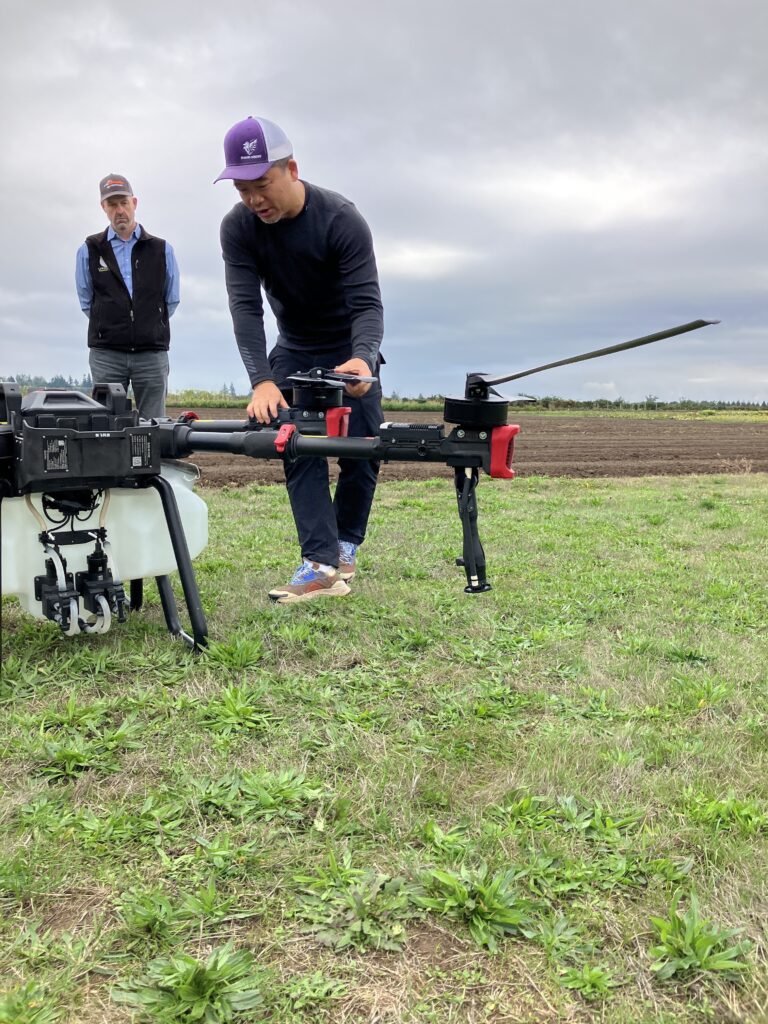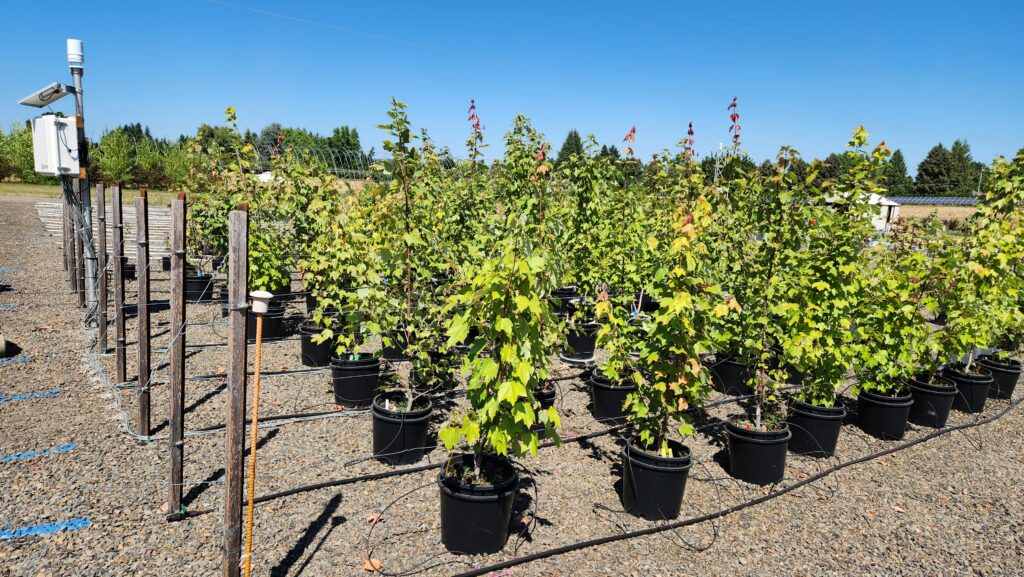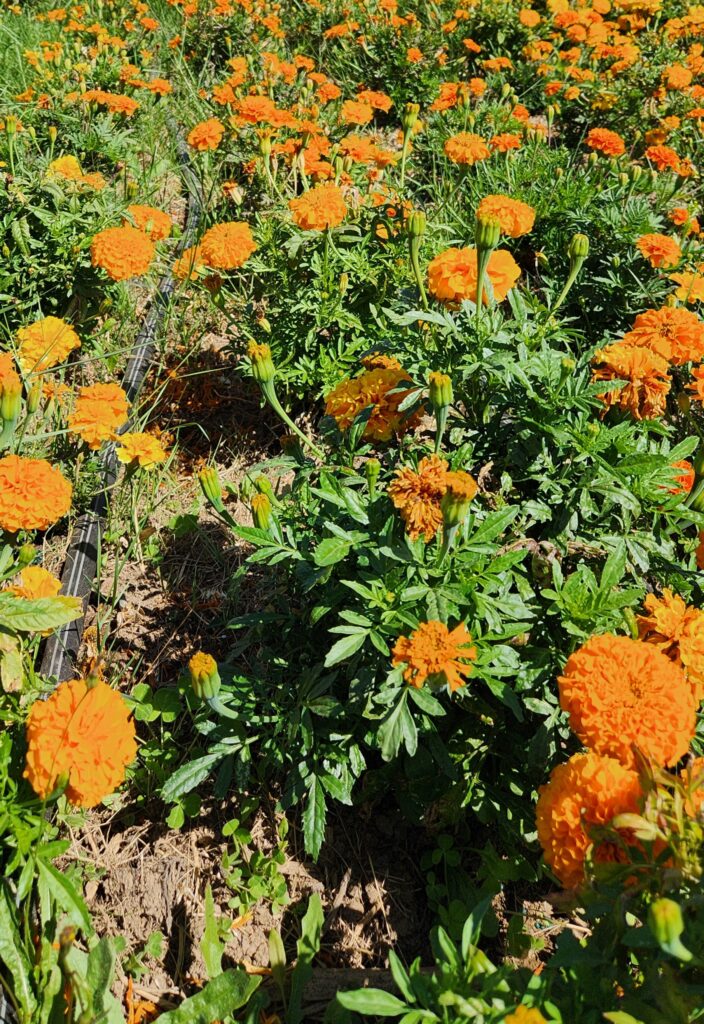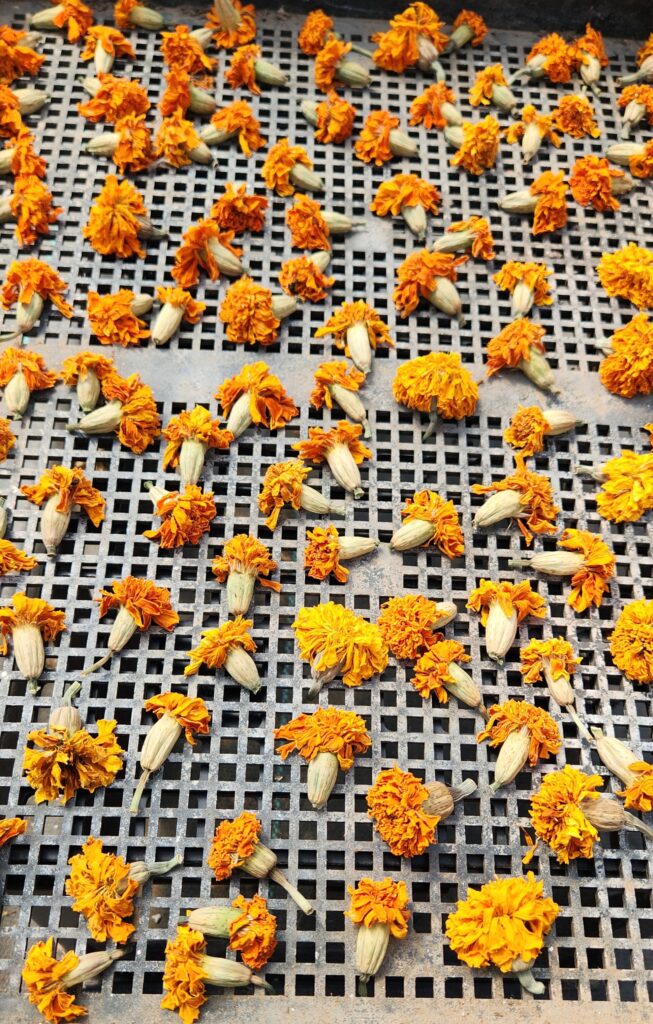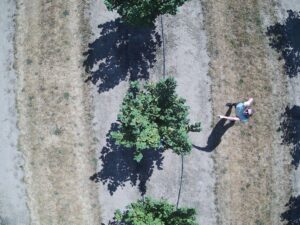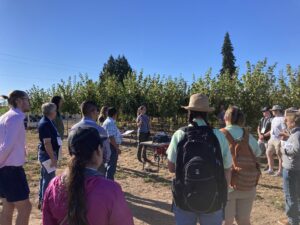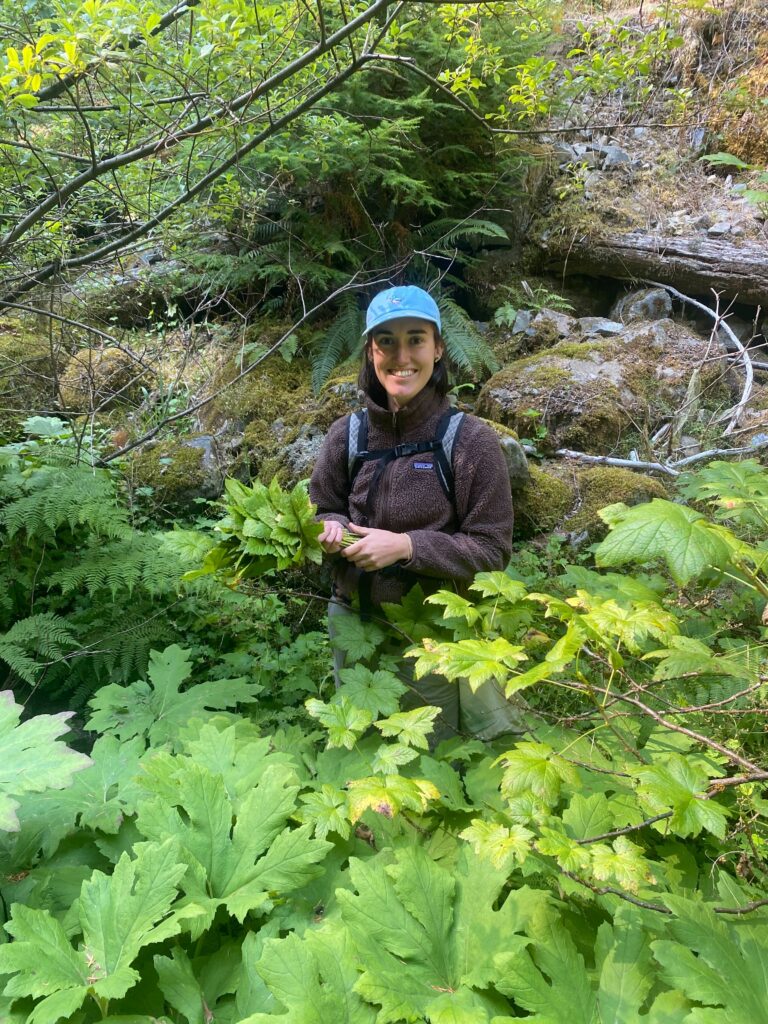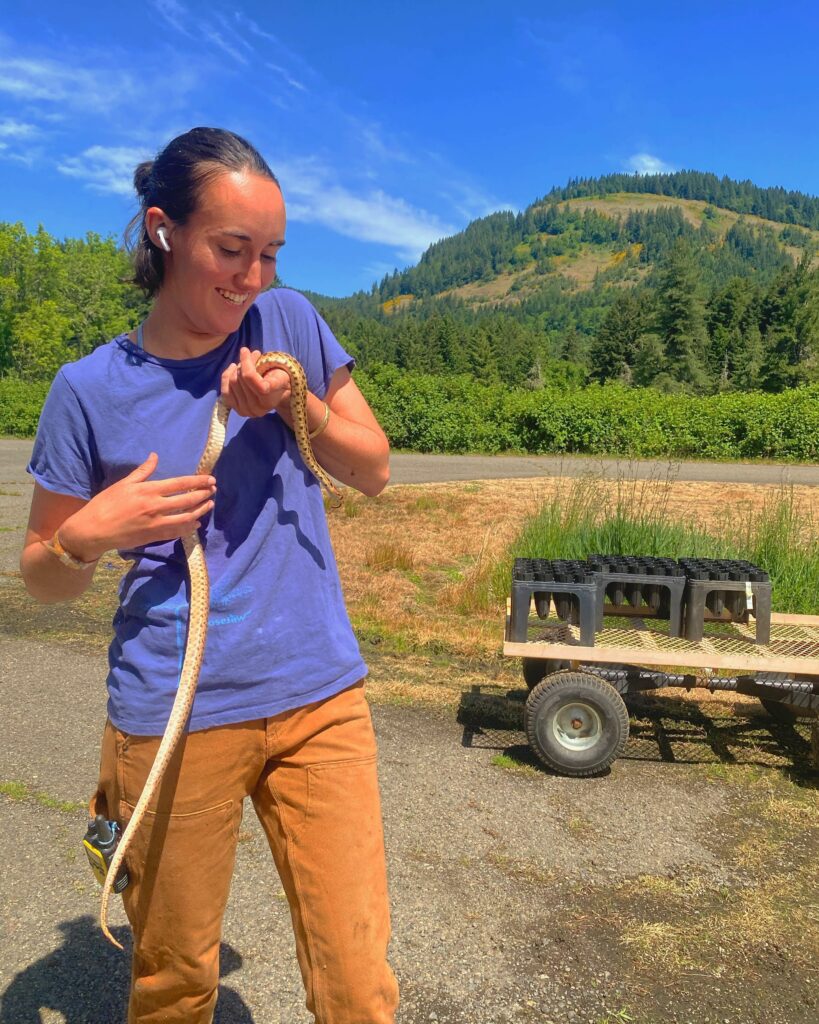The Hop from Washington to Oregon
I come from a rural area of the Yakima valley in Washington State. I had the unique privilege of growing up as a part of a family hop farm and was surrounded by agriculture from birth. It may come as no surprise that this led me to pursue a career in agriculture, specifically horticultural plants. Throughout my younger years I spent a lot of my spare time working on my family’s farm and in other agricultural companies around the valley. Once I graduated from high school, I knew that I wanted to further my education, which led me to Washington State University in Pullman, Washington.

At WSU I majored in agricultural biotechnology and minored in horticulture. While in Pullman, I also was a part of the Alpha Gamma Rho fraternity which, being a professional as well as social fraternity, connected me with many people from similar backgrounds and with similar interest in agriculture. During my undergrad I was exposed to many subjects, specifically pertaining to plant genetics, molecular biology, and sustainability. I went into my undergrad years with the original intent of going into plant breeding but, throughout my time, my interests did shift. While I still am, and always will be, interested in plant breeding and genetics, I found myself gravitating more to classes involving sustainable production and plant physiology.
During my undergrad, I also held jobs that gave me great experience and helped to shape the direction of my life. While at school, I worked with a professor who was working on technology to improve the sustainability of irrigating wine grapes. This gave me more perspective on how we can, as agriculturists, improve water use and moved my focus closer to sustainable production. I also, starting in 2020, would spend my summers as a lab tech in the tissue culture and genetics lab at Yakima Chief Ranches, a hop breeding and brand management company. This was a young program, and I was presented with many opportunities to assist in the development of protocols and to design experiments of my own. When I graduated from WSU with a B.S. in integrated plant sciences, my experience working with YCR led them to ask if I would oversee the commercial micropropagation of virus and viroid free plants. A request which I gladly accepted.

I knew when I took the lab management position at YCR, that I wanted to pursue a graduate degree. Because of this, we designed the position as a temporary appointment in which I would essentially create the foundational policies, procedures, and management practices which I could then hand off to those that came after me. This leads me to my search for a graduate program and my decision to go to Oregon State University. I decided to pursue a master’s degree in horticulture with Dr. Lloyd Nackley as my advisor. Having just started, I am still getting my feet under me, but I am very excited to be learning more about the world of nursery production and the physiological responses of plants to stress. Someday I hope to go back to the hop industry and bring new perspectives and ideas with me.




